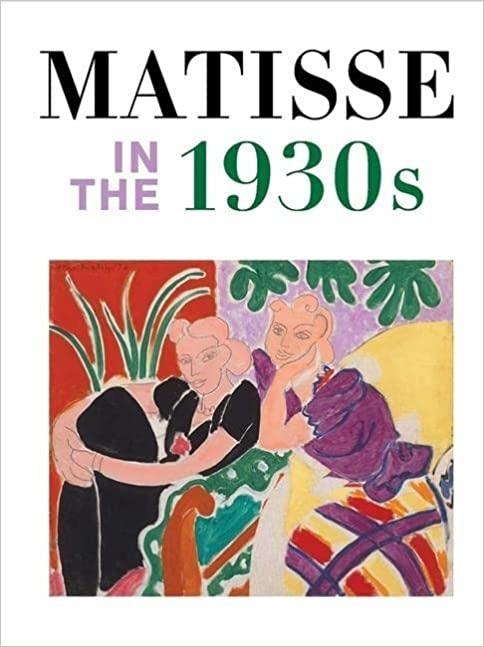Matisse in the 1930s

In 1930, as Henri Matisse (18691954) embarked on The Dance, a monumental mural commissioned by the American collector Albert C. Barnes, he began experimenting in ways that would permanently change the nature of his work. The use of pre-painted cut papers to lay out his compositions led to a new style of flat tones and bold shapes. He also increasingly used serial imagery to make visible his creative process, aiming to capture the flux of his own perceptions and emotions in the work of art.
This volume highlights and explains pivotal transformations in Matisses work in the 1930s across a range of media, including mural and easel painting, sculpture, printmaking, drawing, and the illustrated book. The transatlantic contributors also look at the relationship between Matisse and the Parisian art journal Cahiers dart, which played an outsized role in publicizing Matisses work during this period, and consider his exhibitions, his ongoing involvement with decorative painting, his studio as a creative laboratory, and the role of his model and muse Lydia Delectorskaya in his studio practice.
Sin existencias
Sin existencias en este momento. Si desea información sobre el libro, por favor contacte con bookshop@ivorypress.com


